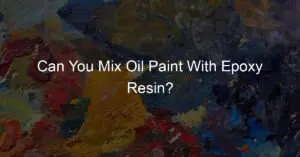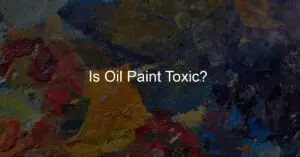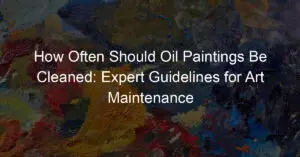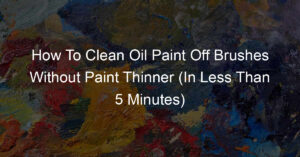Do oil paints go bad? This is a question that many painters have, especially those who are new to painting. After all, oil paints are not cheap, so it would be a shame if they go bad before you had a chance to use them.
This is a question that plagues many artists since oil paints are notoriously difficult to work with and have a relatively short shelf life. However, with proper care and storage, oil paints can last for years.
Do Oil Paints Go Bad?

Old oil paints can go bad if they’re not properly sealed and stored. paintings made with acrylic paint have a long life span. Watercolors, on the other hand, store better than any other type of paint.
Different types of old oil paints will dry at different rates. Some, like white oil paint, will dry faster than others. The thickness of the paint also affects the drying time. The thicker the paint, the longer it will take to dry.
If you’re using old oil paint that has thickened or has developed mold, you can add a medium to thin it out and make it easier to work with. You can also mix different colors of old oil paint together to create new shades and colors.
When working with old oil paints, it’s important to keep them in a dark place where they won’t be exposed to light. They should also be stored in airtight containers to prevent them from drying out.
With proper care, old oil paints can last for a long and give you years of happy painting! Here’s what you need to know about the shelf life of oil paints and how to store them properly.
Oil paints are made from a mixture of pigment and oil, typically linseed oil. The pigments are ground up and mixed with the oil, which acts as a binder. The resulting paint is thicker and more viscous than other types of paint, such as watercolors or acrylics.
Oil paints take longer to dry than other types of paint, and they also require special brushes and equipment.
Here are some tips to help you get the most out of your art materials:
– Store oil paints in airtight containers in a cool, dry place.
– Do not expose them to direct sunlight or heat.
– Do not add water or other liquids to the paint – this will cause the pigments to separate from the oils.
– If the paint is getting thick, you can thin it with turpentine or mineral spirits.
– Do not store oil paint tubes in the fridge – this can cause them to crack.
– Do not leave your brushes soaking in solvent – this will damage the bristles.
– Always put the lid back on your paint tubes after use and squeeze out any excess paint onto your palette knife.
– When you are finished painting for the day, clean your brushes with solvent and wrap them tightly in plastic wrap so they don’t dry out.
– Oil paints can develop mold if they are stored in humid conditions – if you notice any mold growing on your paints, throw them away immediately.
Another thing to keep in mind is that oil paints will separate over time. This is perfectly normal and nothing to be concerned about. Simply add a few drops of oil to the dried paint and mix it well before using it again.
In addition to sealing the paint tubes, you also need to store them in a cool, dark place. Heat and light will cause the oils in the paint to separate, making the paint unusable.
Ideally, you should store your paints in an airtight container in a cool, dark place. If you don’t have an airtight container, you can put the paint tubes in a zip-top bag and then wrap them in aluminum foil or plastic wrap.
The main reason why oil paint goes bad is because of the presence of organic matter in the paint. So what does this mean for your paintings? If you have an old painting that has been stored in a sunny spot, it is likely that the colors have already started to fade.
However, if the painting is in a darkened room or was never exposed to sunlight, it should be in good condition. The same is true for oil paint tubes – if they are old and have never been used, they may be fine, but if they are dried out or cracked, they will need to be replaced.
| Question | Answer |
|---|---|
| What is the shelf life of oil paints? | Oil paints can last for many years, even decades, if they are stored properly. |
| How can you tell if oil paint has gone bad? | Signs that oil paint has gone bad include a thick or lumpy consistency, a sour or rancid odor, and a separation of oil and pigment. |
| What causes oil paint to go bad? | Exposure to air, moisture, and heat can cause oil paint to deteriorate over time. Contamination from other materials can also contribute to spoilage. |
| Can you still use oil paint if it has gone bad? | In general, it is not recommended to use oil paint that has gone bad. The quality of the finished artwork may be compromised, and using spoiled paint can be hazardous to your health. |
How long does it take for oil paint to go bad?
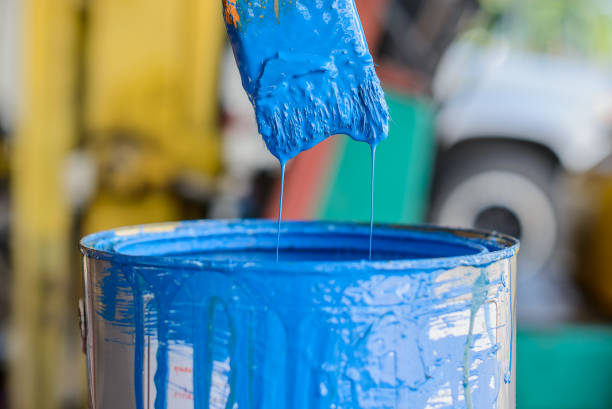
How long does it take for oil paint to go bad? This is a question that many artists ask, as they want to know how long their paintings will last. Unfortunately, there is no definitive answer, as the longevity of oil paint depends on a number of factors.
The type of medium used, the thickness of the paint, the type of surface on which it is applied, and the storage conditions all play a role in determining how long oil paint will last.
However, with proper care and storage, oil paint can have a long life span. When stored in airtight containers in a cool, dark place, oil paint can last for centuries. But if not properly sealed, or if exposed to light or heat, it can begin to deteriorate within a few years.
So if you’re wondering how long your oil painting will last, the best answer is: it depends. Remember to keep your new paint and art materials under airy shades after use for faster drying especially if you realize they are wet.
Are there ways you can tell if oil paint has gone bad?
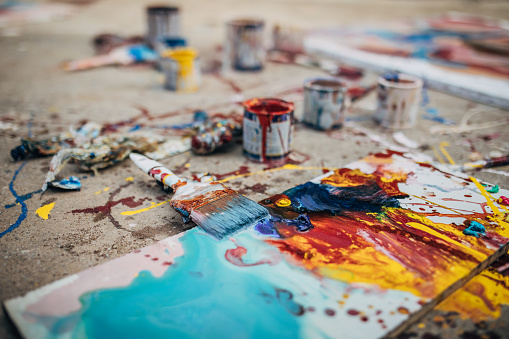
Are there ways you can tell if oil paint has gone bad? There are a few things you can look for. If the paint is thin and runny, it has likely separated and should be discarded. If there is mold growing on the paint, it’s time to say goodbye.
You may also notice when you squeeze the cap of the paint tube that it has changed color or has an off smell that isn’t fresh. These are all signs that it’s time to get rid of your old paints and stock up on fresh supplies. And when you’re ready to buy new paint, be sure to check the expiration date!
What are the tips for preventing your Oil Paint From Going Bad?
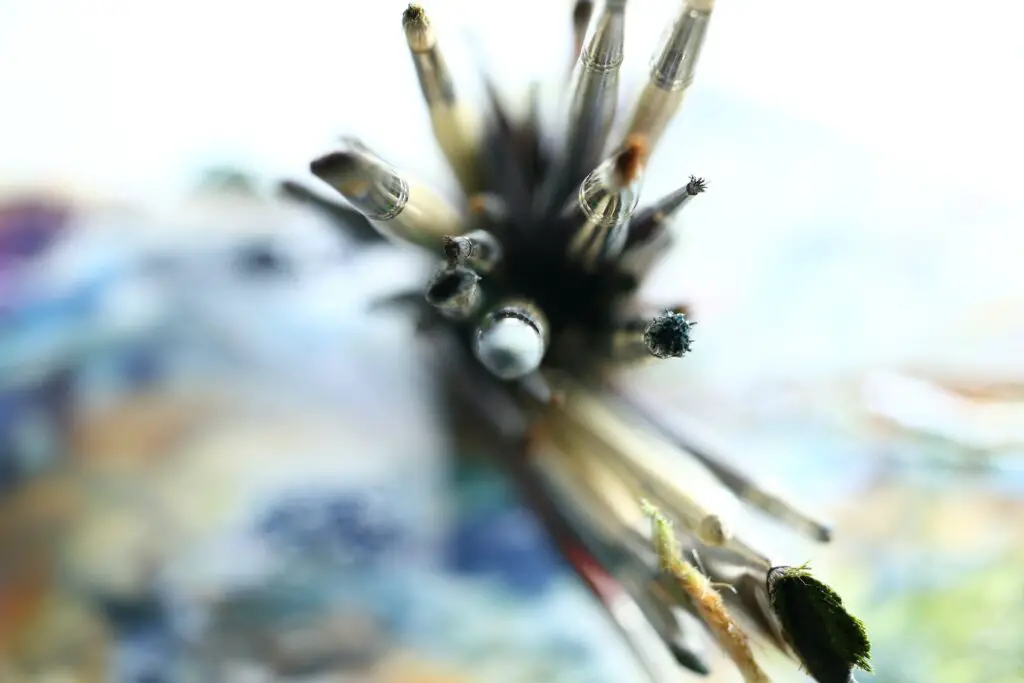
Oil paints are one of the oldest forms of artistic media and can produce stunning works of art. Unfortunately, not all oil paints last forever, and over time they may become thick, lumpy, or discolored. But there are several steps that artists can take to prevent their oil paints from going bad and ensure that their paints last as long as possible.
First, keep your paints in a temperature-controlled environment. Oil paint should be stored in a cool room away from direct sunlight and away from heat sources like radiators or furnaces. It’s also best to avoid storing them in humid areas such as basements or bathrooms.
Second, make sure to seal your paints tightly after each use. This helps keep air out so the oil doesn’t evaporate or dry up prematurely. Many artists use paint storage boxes with tight-fitting lids that can help keep their paints safe.
Third, be sure to clean any brushes you used before putting them away so they don’t leave any residue on the canvas. A mild detergent is usually all you need to get thoroughly cleaned before storage.
Fourth, if you’re not using an airtight container for storage, consider investing in some desiccant packs which absorb moisture from the air and help protect your oil paintings from water damage due to humidity levels in the room where it is stored.
How to tell if your paint is too old to use?
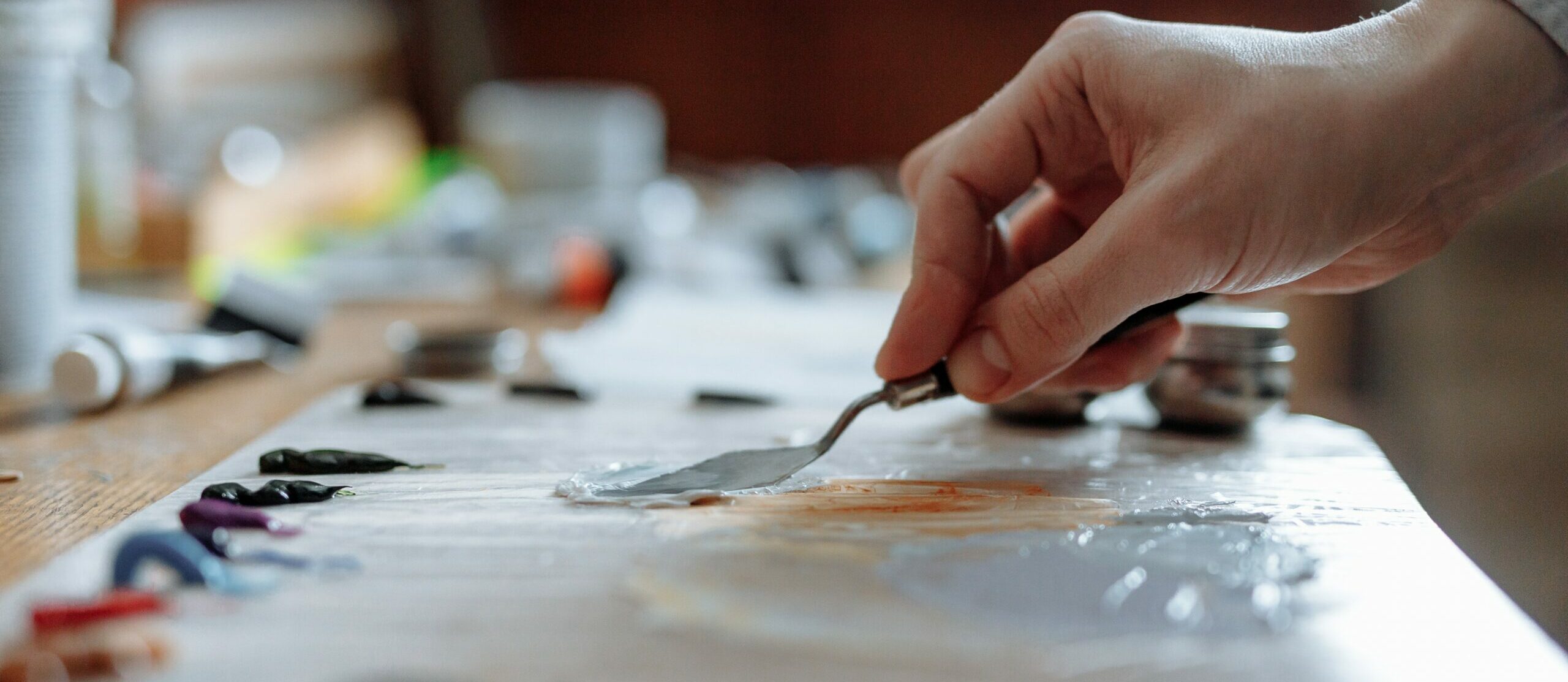
- Check the expiration date- Most oil paints will have an expiration date printed on the label or tube, so it’s important to check this before using your paint.
- Look for signs of deterioration – If your paint has been stored for a long period of time, you may notice signs such as cracking or separation that indicate it is too old to use.
- Smell the paint – If your paint smells rancid or has any other strange odors, then it’s likely too old and should not be used.
- Test the consistency – Old oil paints tend to become thick and lumpy over time, making them difficult to work with and apply properly onto a canvas or surface.
- Check for discoloration– Oil paints can also discolor over time due to exposure to light and air, so if you notice any changes in color then discard those tubes immediately since they are no longer usable for painting purposes.
- Use caution when mixing colors– When mixing colors from different tubes of oil paint together, always test a small amount first before adding more as older oils may react differently than newer ones which could affect how well they blend together in terms of color
How long does oil paint last unopened?
Oil paint is a versatile and beautiful medium that can be used to create stunning works of art. However, it is important to understand how long oil paint can last unopened in order to ensure the quality and life of your paints.
Generally speaking, oil paint can last for up to 10 years when unopened if stored correctly in a cool, dry place away from direct sunlight. Quality professional-grade paints may also have an expiration date printed on them which will further indicate how long they can last before needing to be replaced.
To get the maximum life out of your oil paints while they remain unopened, it is important that they are stored properly at room temperature in a dry area away from direct sunlight.
Does oil paint deteriorate?
Oil paints are a popular choice for many artists due to the beautiful and unique results they can produce. Unfortunately, like all other mediums, oil paints do have a limited lifespan and will eventually deteriorate if not taken care of properly.
The most common signs of deterioration include cracking or separation, discoloration, an unpleasant smell, and a thicker or lumpy consistency. In addition to age, these signs can also be caused by extreme temperatures and high levels of humidity, as well as improper storage or exposure to direct sunlight.
The best way to prevent your oil paint from deteriorating is to store it in a cool, dry place away from direct sunlight. Many artists choose to invest in an airtight container with tight-fitting lids that can help keep their paints safe.
What happens to oil paint over time?
Oil paint is a versatile and beautiful medium that can be used to create stunning works of art. However, it is important to understand how oil paint changes over time in order to ensure the quality and life of your paints.
To prevent your oil paint from deteriorating over time, it is important that you store it in a cool, dry place away from direct sunlight. Many artists choose to invest in an airtight container with tight-fitting lids that can help keep their paints safe.
It is important to inspect your oil paint regularly for signs of deterioration—such as cracking or separation—and discard any paint that has gone bad as soon as possible so it does not ruin other paints in its vicinity.
Will old paint dry?
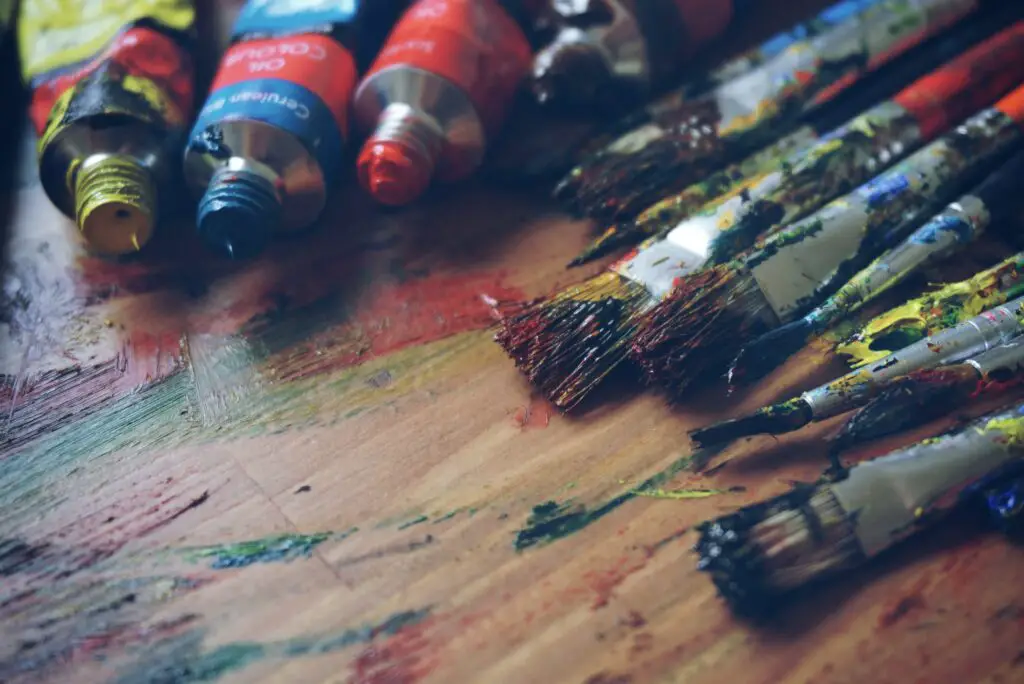
Oil paint is one of the oldest forms of artistic media and can produce stunning works of art. The most common signs of deterioration include cracking or separation, discoloration, an unpleasant smell, and a thicker or lumpy consistency.
In addition to age-related deterioration, these signs can also be caused by extreme temperatures and high levels of humidity, improper storage, or exposure to direct sunlight.
So what happens when your oil paints are too old to use? Does the paint still dry even after many years? The answer is yes — but it all depends on how the paint is stored over time. If you store your oil paints in a cool, dry place away from direct sunlight, then they should remain usable for up to 10 years before needing to be replaced (although this depends on the brand and type of oil paint being used).
Conclusion
It’s important to know that oil paints don’t actually go bad. Unlike watercolors, which can develop mold or mildew if they’re not properly sealed, oil paints are remarkably resilient.
However, that doesn’t mean that you can just leave them out in the open air. Over time, the oils in the paint will begin to separate from the pigment, causing the paint to thin and making it more difficult to use. Additionally, exposure to light will cause the colors to fade. If you are unsure whether or not your oil paint is still good, it is always best to err on the side of caution and buy new paint.


